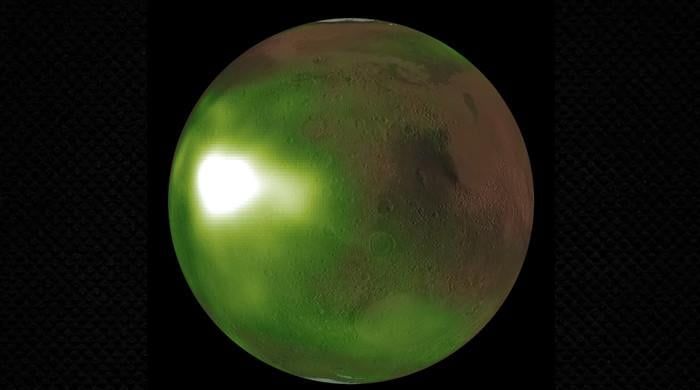Coronal mass ejections or solar eruptions, responsible for the northern lights on Earth, impacted Mars this Monday, according to a statement released by NASA, causing auroras on the Red Planet.
CME flares are becoming more frequent as the sun reaches its peak solar activity this year, completing an 11-year cycle.
CMEs interact with the Earth's magnetic field and cause the northern lights, or northern lights. Its effects can also cause communications and radio blackouts on our planet.
Last month was the peak of this activity where millions witnessed the light show in Europe and North America.
According to NASA, Mars rovers and orbiters have provided researchers and scientists with views of notable solar activity in May, which peaked on May 20.
“The flare sent X-rays and gamma rays toward the Red Planet, while a subsequent coronal mass ejection launched charged particles,” the US agency said.
“If the astronauts had been next to NASA's Curiosity rover on Mars at that time, they would have received a radiation dose of 8,100 micrograys, equivalent to 30 chest X-rays,” NASA said.
“Although not fatal, it was the largest increase measured by Curiosity's Radiation Assessment Detector (RAD) since the rover landed 12 years ago.”
A NASA orbiter that provides information about Mars' atmosphere has captured another effect of recent solar activity. The Mars Atmosphere and Volatile EvolutioN (MAVEN) orbiter provided researchers with views of “bright auroras over the planet,” it revealed, adding that “the way these auroras occur is different from those seen on Earth.”
The activity was also the largest ever recorded by the MAVEN mission.












